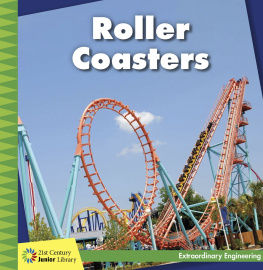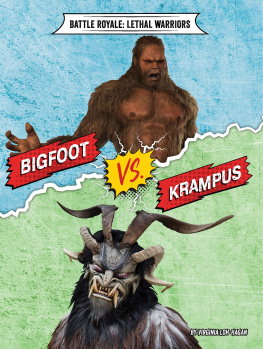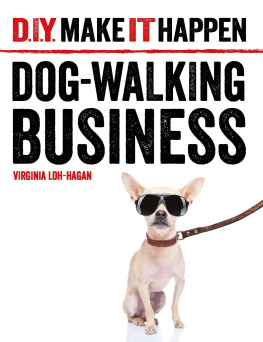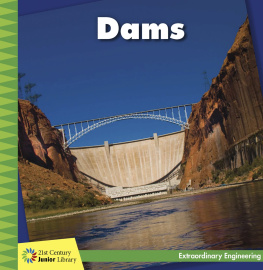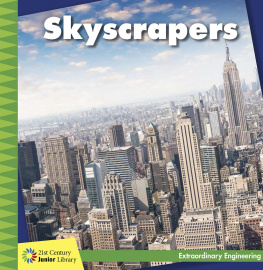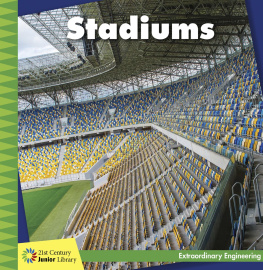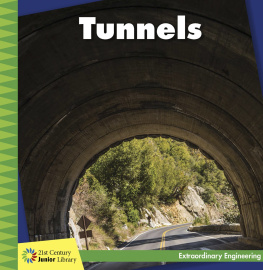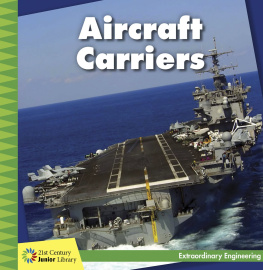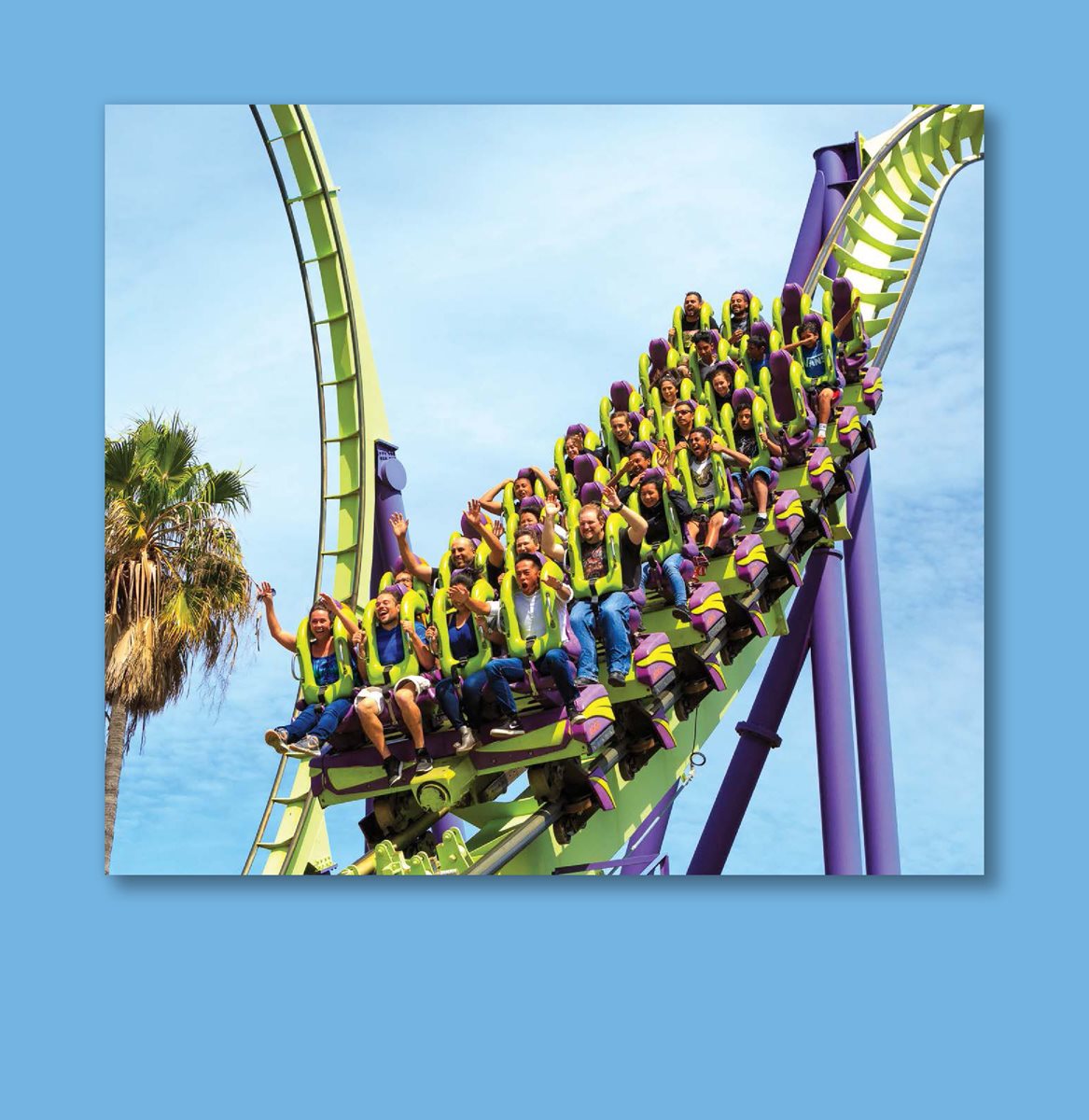Table of Contents
Guide


Published in the United States of America by
Cherry Lake Publishing
Ann Arbor, Michigan
www.cherrylakepublishing.com
Content Adviser: Dr. Todd Kelley, Associate Professor of Engineering/Technology Teacher Education, Purdue Polytechnic Institute,
West Lafayette, Indiana
Reading Adviser: Marla Conn MS, Ed., Literacy specialist, Read-Ability, Inc.
Photo Credits: Paul Brennan/Shutterstock Images, cover; John Williams RUS/Shutterstock Images, 4; Marcio Jose
Bastos Silva/Shutterstock Images, 6; Paul Brennan/Shutterstock Images, 8; ChameleonsEye/Shutterstock Images, 10;
Kiev.Victor/Shutterstock Images, 12; Cassiohabib/Shutterstock Images, 14; Leonard Zhukovsky/Shutterstock
Images, 16; Ruslan Kerimov/Shutterstock Images, 18
Copyright 2017 by Cherry Lake Publishing
All rights reserved. No part of this book may be reproduced or utilized in any
form or by any means without written permission from the publisher.
Library of Congress Cataloging-in-Publication Data
Names: Loh-Hagan, Virginia, author.
Title: Roller coasters / by Virginia Loh-Hagan.
Description: Ann Arbor : Cherry Lake Publishing, [2017] | Series: Extraordinary Engineering | Includes bibliographical
references and index. | Audience: Grades: K to Grade 3.
Identifiers: LCCN 2016032395| ISBN 9781634721646 (hardcover) | ISBN 9781634722308 (pdf) | ISBN 9781634722964
(paperback) | ISBN 9781634723626 (ebook)
Subjects: LCSH: Roller coastersHistoryJuvenile literature. | Roller coastersDesign and constructionJuvenile literature.
Classification: LCC GV1860.R64 L65 2017 | DDC 791.06dc23
LC record available at https://lccn.loc.gov/2016032395
Cherry Lake Publishing would like to acknowledge the work of The Partnership for 21st Century Learning.
Please visit www.p21.org for more information.
Printed in the United States of America
Corporate Graphics
ISBN-13: 978-1-68444-505-9 (e-book)
Synchred Read-Along Version by:
Triangle Interactive LLC
PO Box 573
Prior Lake, MN 55372
CONTENTS
5 What Are Roller
Coasters?
9 How Do Roller Coasters
Handle Energy?
13 How Do Roller Coasters
Stay on Track?
17 How Do Roller Coasters
Stop?
Roller coasters were inspired by giant ice slides in Russia.
What Are Roller
Coasters?
What goes up must come down.
Roller coasters are thrill rides. Theyre at
amusement parks . People ride in wheeled
cars. The cars ride on tracks. Chains carry
cars up a steep slope. Cars reach the top.
They roll down. They follow the track.
They drop, rise, turn, loop, and stop.
Many people think roller coasters are exciting.
There are two types of roller coasters.
Wooden roller coasters move up and down.
They sway. Steel roller coasters have
twists. They go high. They go fast.
Engineers must think about forces
that affect human riders. Forces change.
People need to feel the changes so that
their muscles respond. If not, they could
get hurt.
Look!
Visit your closest amusement park. Look at a roller coaster. Is it
made of steel or wood? How long is it? How high is it? How many
loops does it have?
Stored energy is potential energy. It changes to kinetic energy.
How Do Roller
Coasters Handle
Energy?
Roller coasters dont have engines .
They use potential energy from gravity .
Cars are lifted to the top of the first hill.
They collect energy this way. They store
this energy. They have the most energy at
the top. For big rides, engineers make bigger
hills at the start of the ride. The first hills
are the most important. This increases
potential energy. Cars use their stored
energy throughout the ride.
Gravity gives a downward force.
Cars go downhill. They go fast. They
fall. Gravity pulls the cars down. Falling
builds up energy. Stored energy changes
to kinetic energy. Gravity is the force
behind this energy. Cars zip around the
tracks. Gravity keeps cars on the tracks. It
keeps the ride going.
Cars at Canadas Wonderland can make it through loops because they
have enough speed at the top of the loop.
How Do Roller
Coasters Stay on
Track?
Tracks control energy. They control how
cars fall. Downhill tracks let gravity pull
down the front of cars. This speeds up
cars. Uphill tracks let gravity pull down the
back of cars. This slows cars down.
Engineers design hills and loops. They
make sure cars have enough speed. Too
much speed causes cars to fly off tracks.
Roller coasters at Six Flags Discovery Kingdom use gravity
and inertia to send cars along winding tracks.

